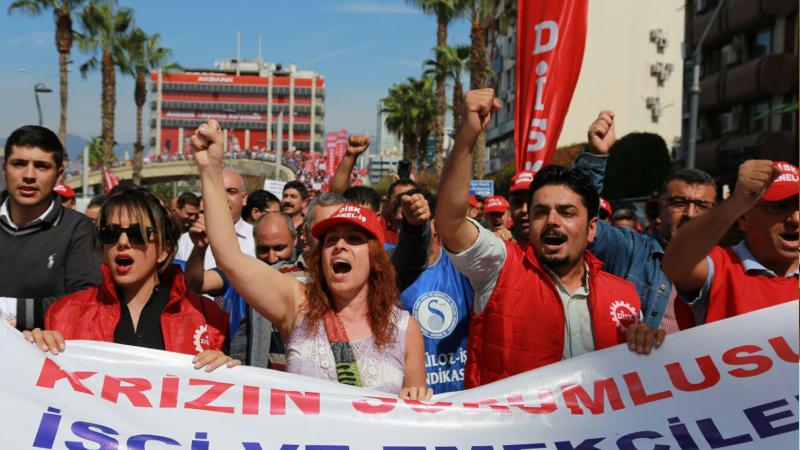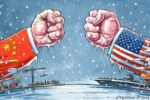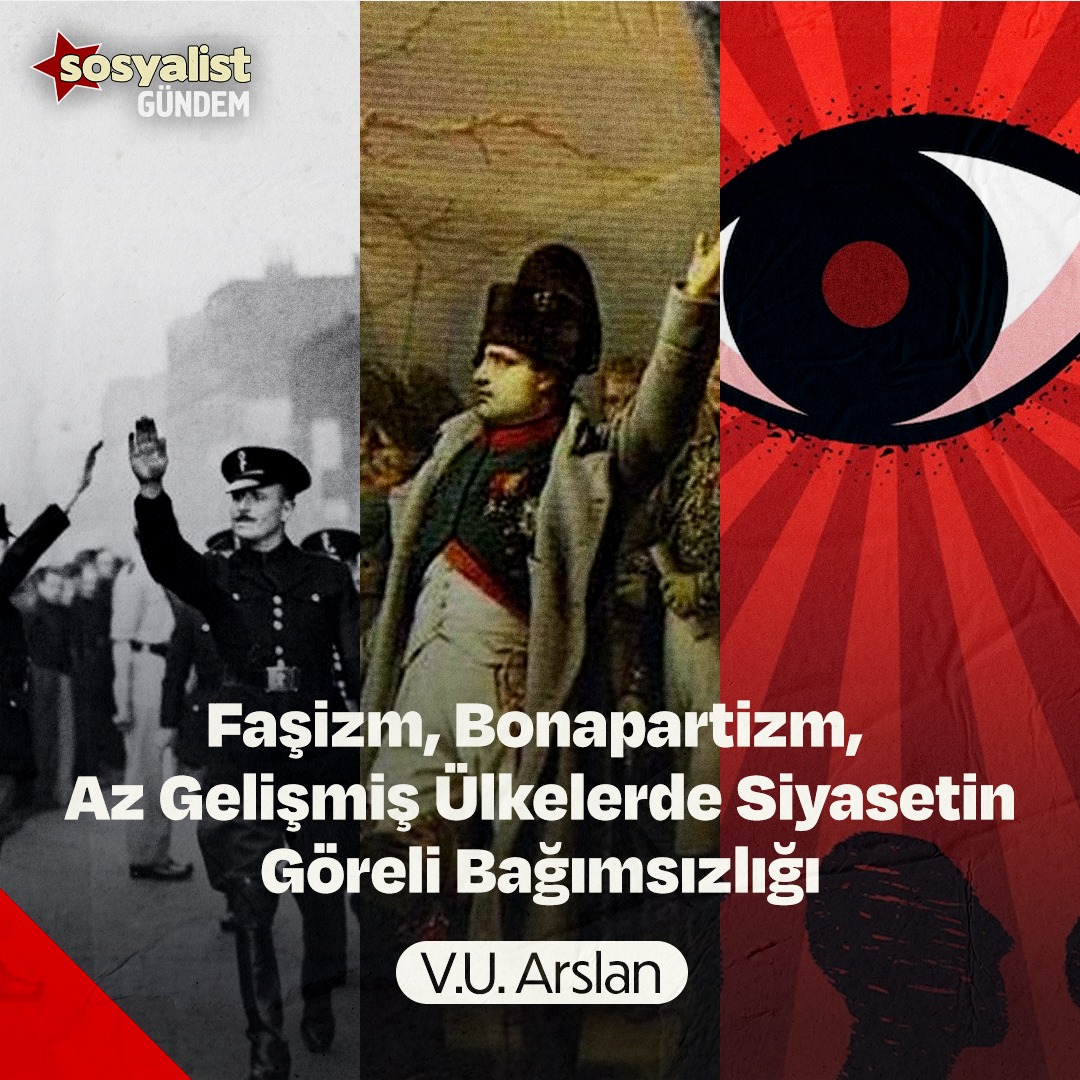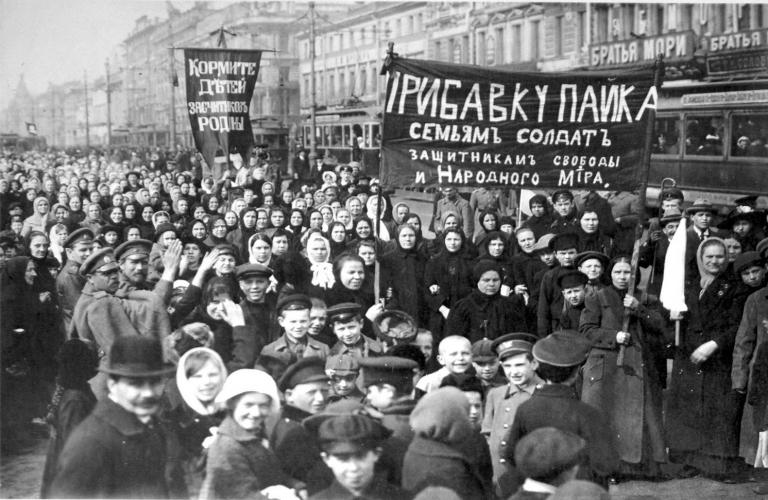- Barışa Karşı mıyız? Sürece Nasıl Yaklaşmalı? - Kasım 25, 2025
- Okur Mektubu: Eğitim Sisteminin Ötekileştirilmiş Öğretmenleri - Kasım 22, 2025
- Şili Seçimleri Sağın Güçlenişini Ortaya Koydu – V. U. Arslan - Kasım 19, 2025

The rebellion of the poor in Iran continues. The protests left the third week behind. Despite the lies of the Iranian media, resistance continues. At this point, some assessments need to be put forward clearly.
Revolts Feed Each Other and Masses Learn
The rebellion that is still ongoing in Iran should be considered as a continuation of the social movement demanding “bread and freedom” two years ago. Two years ago, the protests had retreated after the confrontation with a brutal repression and police violence. But this time, the masses keeps going to the streets despite the police pressure. This time, masses learn from the countries of the region and the world and raise radicalism on the street. The paths of the people and the regime are becoming separated.
The people hate the regime and the capital owners so much that they tried to set fire to all the buildings that had relations with capitalists, banks and police in all cities. This is, beyond any doubt, the class rage, the class struggle.
The masses, unlike the previous protest waves, prefer not to be defensive but offensive. They clash with the police, block the roads, raid police stations. The protests became so widespread that in almost all poor neighborhoods,people takes the streets and this fact makes it difficult for the police to prevent such protests.
This shows that the masses have learned and developed from the previous popular movements. They also try to get over and important problem: disorganization. Within spontaneous actions, the masses are trying to develop various forms of organization at the ground. Communication networks emerge at the level of neighborhood or region.
The regime made a big mistake by raising the gasoline prices and shoot itself in the foot, bringing its end closer. All capitalist states make similar mistakes because they have conflicting interests with the working classes. The Iranian regime has repeatedly made these mistakes.
Not Identity Struggle but Class Struggle!
The social movements in 2017 did not include the (South) Azerbaijan and (East) Kurdistan peoples in Iran. This time, however, protests became widespread both in the Kurdish cities and in the Azeri cities. Particularly in the Kurdistan region, protests have grown dramatically.
On the one hand, it is seen that the claims made by Kurdish national parties such as “We are powerful in Kurdistan” were not the reality . Their effect on the working class is very limited.
Kurdish or Azerbaijani people were forced to struggle spontaneously, just like the all Iranian poor people. It is seen that the contradiction between the poor and the rich. The fate of the poor is common whatever their ethnic origin or the regio of Iran.
The great participation of Kurdish and Azeri masses in the rebellion is one of the most important events of the last few decades. Because this time the people started to form unity around common class interests instead of ethnic and religious identities. This time, they are united. We are witnessing a similar situation in the rebellions in Lebanon and Iraq. In fact, these peoples send solidarity message to each other. This situation is very critical for overcoming ethnic-sectarian conflicts in the Middle East thanks to class struggle.
Organizational Weakness, “Opposition” and Rebellion
It is necessary to mention that a mask was torn apart with this revolt for Shah supporters, left parties or liberals -in short, all political movements of Iran. Many of these groups claimed that they had strong organizations within Iran for years altough they are mostly in abroad and refugee. However, after the regime cut the internet for about a week because of the rebellion, all these groups remained silent until the internet came back.
This shows that there are no political subjects leading the rebellion in Iran. The spontaneous character of the movement is very clear.
It is important to identify this situation, while at the same time refuting the claims of the manipulation of the Shah supporters or liberals or imperialism, and on the other hand it is important to determine the urgent tasks of the left and the revolutionaries.














